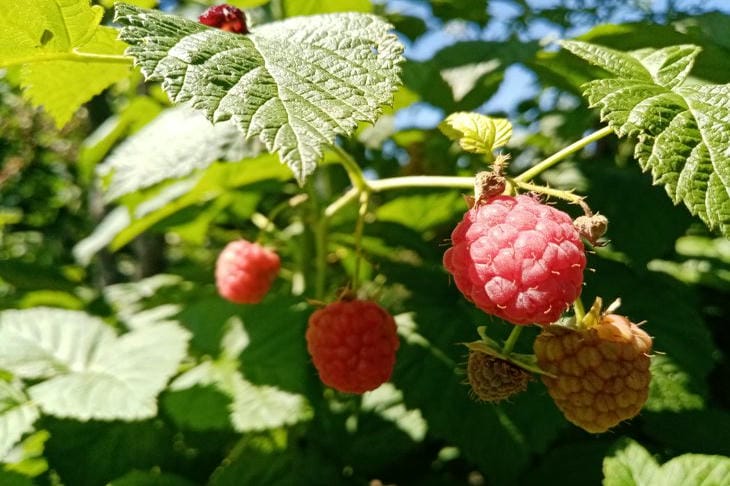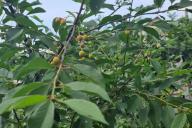The raspberry garden requires special attention in the autumn period.
Proper preparation of raspberries for winter becomes the key to a future harvest and healthy plants.
Experienced gardeners know many professional techniques that allow them to protect raspberries from winter adversity.

Timely pruning of raspberries
Autumn pruning of the raspberry garden is considered the most important stage of preparation for the winter season. The first step is to remove all fruiting shoots that will no longer yield a harvest.
Young annual branches require a special approach. Gardeners recommend shortening them to a height of one and a half meters, which contributes to better wintering of plants.
Rules for feeding in autumn
Fertilizing before winter plays a key role in preparing raspberry patches.
Phosphorus-potassium compounds help plants accumulate nutrients and strengthen the root system.
It is not recommended to use nitrogen fertilizers in the autumn, as they can provoke the growth of new shoots that will not have time to get stronger before frost.
Mulching the tree trunk circle
Proper mulching of the soil around raspberry bushes provides reliable protection for the root system.
An 8-10 cm thick layer of organic mulch protects the roots from freezing and creates favorable conditions for soil microorganisms. The best materials for mulching are rotted compost, fallen leaves or straw.
Covering raspberries for the winter
In regions with harsh winters, raspberry bushes need additional shelter. Bending the stems to the ground helps protect the plants from winds and frost.
The shoots are carefully tied into bundles and bent to the soil surface, securing them with special hooks or wire. The structure is covered with spruce branches or agrofibre from above.
Prevention of diseases and pests
Autumn treatment of raspberries from possible diseases and pests is a mandatory stage of preparation for winter.
Spraying with Bordeaux mixture or copper sulfate helps prevent the development of fungal diseases. Collecting and destroying fallen leaves prevents the spread of infections and the wintering of harmful insects.
Drainage of the site
Stagnant water is detrimental to raspberry bushes, so before the onset of cold weather, it is necessary to ensure high-quality drainage of the area.
It is recommended to dig drainage channels 30-40 centimeters deep around the perimeter of the raspberry patch. This measure prevents the accumulation of melt water in the spring and protects the root system from freezing.
Correct arrangement of bushes
Proper placement of the raspberry garden makes it much easier to care for the plants. Rows of raspberries should be located from north to south, providing maximum illumination of the bushes.
Between the rows it is necessary to leave sufficient space for the passage and processing of plants. The optimal distance between the rows is one and a half to two meters.








